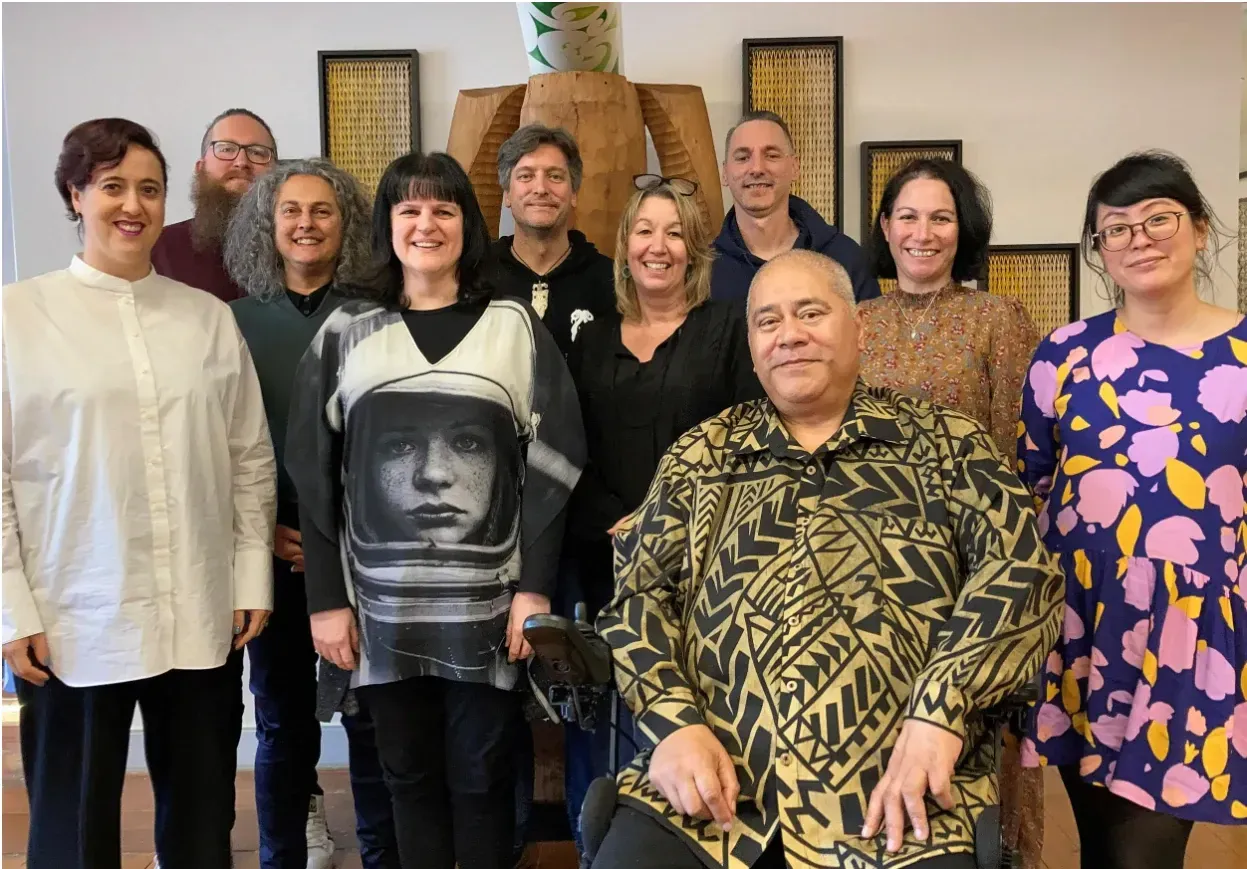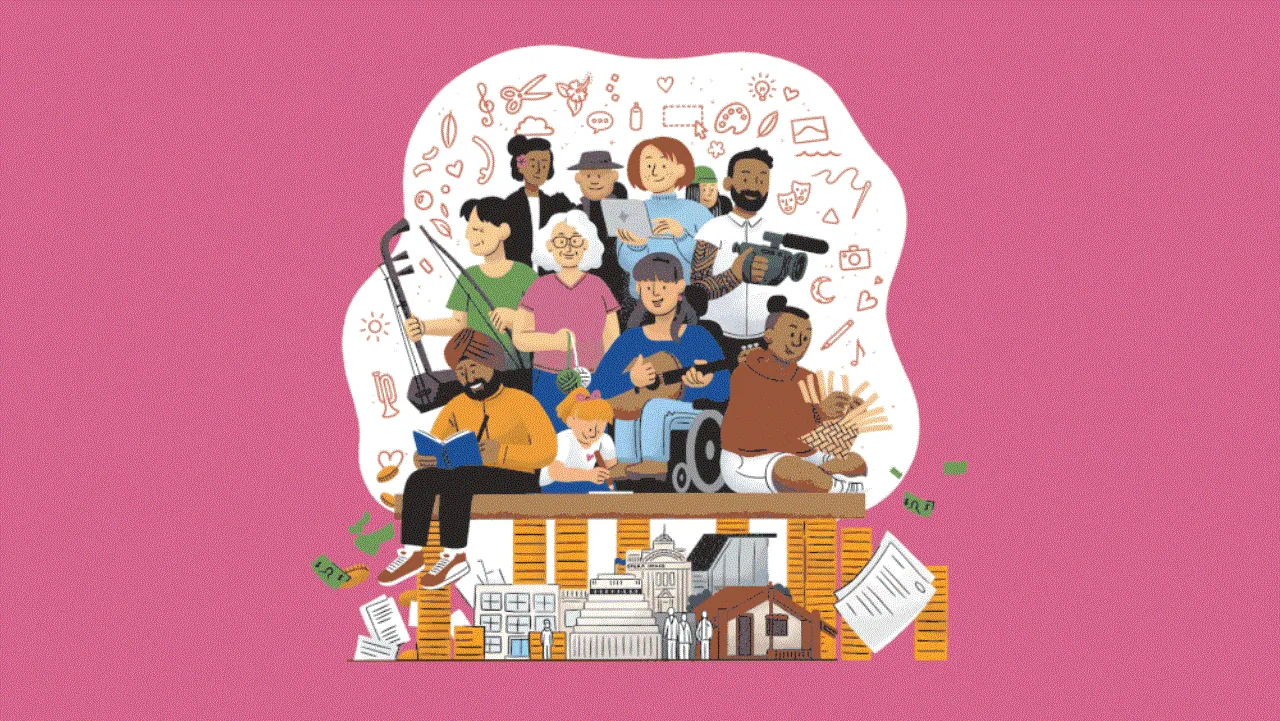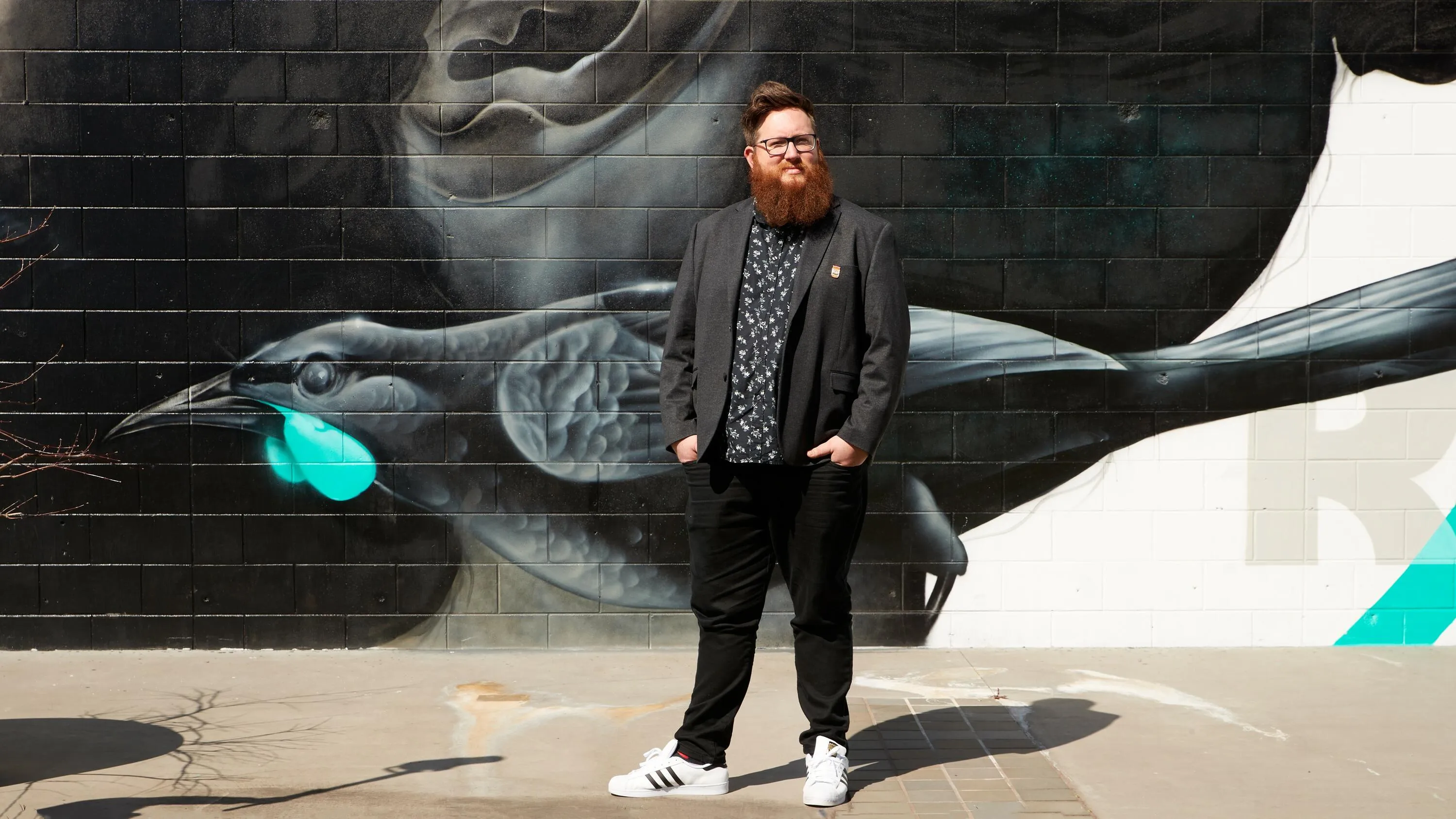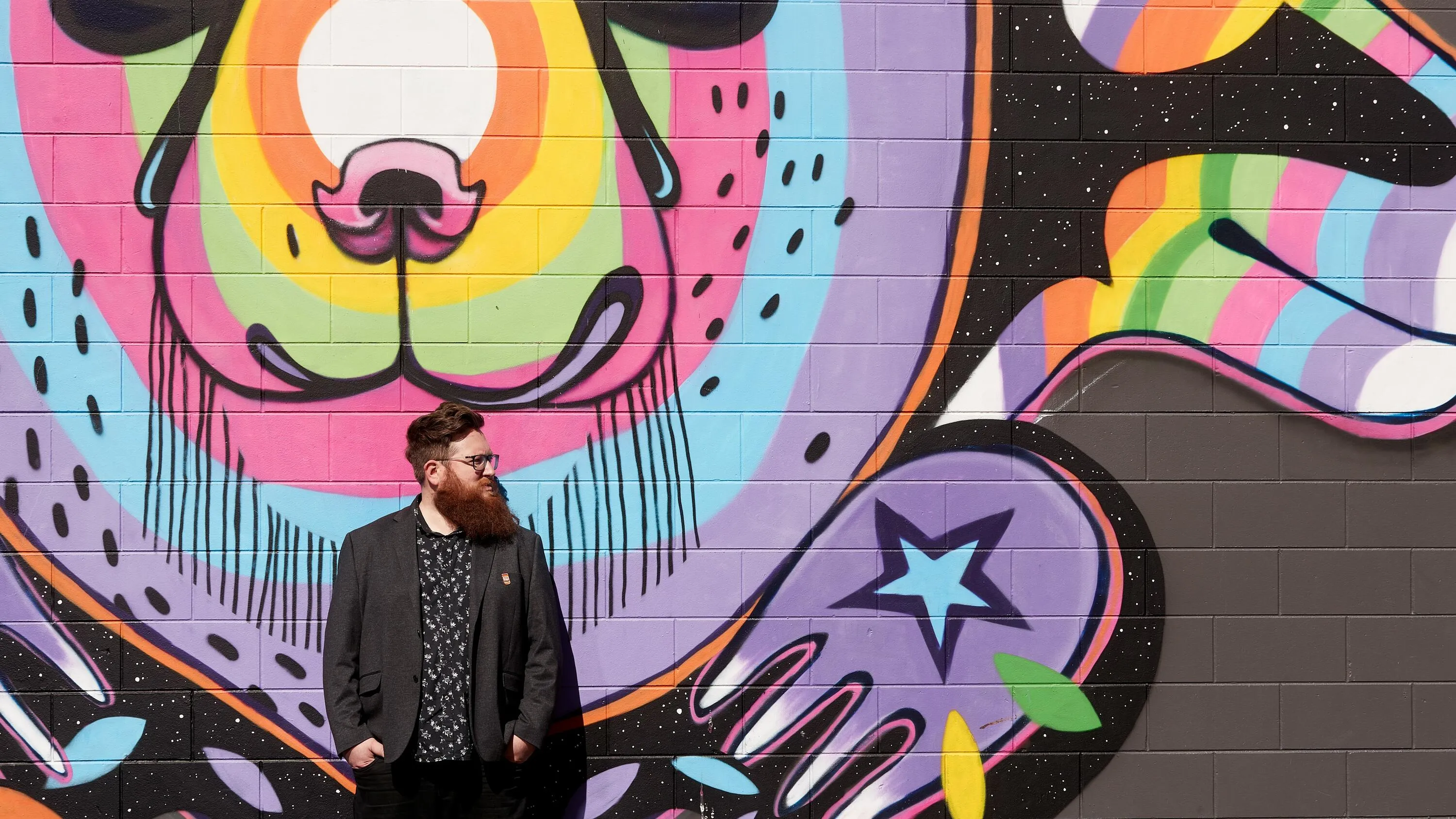Arts Advocacy Tool Launched To Achieve "Long-Term Change"
Written by

It’s always been important to speak up for what’s right - but it’s never been more vital for the voices of the creative community to be heard.
Advocacy is more than just showing public support. It’s about bringing what is important and unifying to the cause. In the case of the arts, culture and creativity sectors, that means finding the issues that matter most in what is a cavalcade of controversial decisions.
A new advocacy guide has launched today (25 October) - Changing the story on arts, culture and creativity in Aotearoa. Its purpose is to help creatives (whether it’s an organisation or a collective of individuals) to better understand how to build helpful public narratives that celebrate and support the role of the creative community - and to best communicate what changes the sector need to flourish.
It’s been launched by Te Rōpū Mana Toi - a cohort of experienced, respected and passionate thought-leaders from within the arts sector. It contains the likes of Karl Chitham, Megan Peacock-Coyle, Dolina Wehipeihana, Tānemahuta Gray, Elise Sterback, Pati Umaga, Rosabel Tan, Kim Morton, Gretchen La Roche and Jeremy Mayall.
The sector advisory group was brought together by Creative New Zealand (CNZ), who have commissioned the guide that has been 12 months in the making. Te Rōpū Mana Toi have combined with researchers and narrative strategists The Workshop.
Focus where change is needed
The fact that some of this advocacy could be used to direct attention towards some of the sector’s big issues with CNZ and other funding bodies surely isn’t lost on those putting this resource together.
But there are no nameless assessors here - these are creatives with a proven track record for putting the needs of the sector at the forefront.
Mayall - who is Creative Waikato’s Chief Executive among the many hats in his artistic-driven repertoire - told The Big Idea these advocacy resources have the ability to be “a long-term game changer for the sector.”

Jeremy Mayall. Photo: Supplied.
He explains “it is vital to remember that this will be a long-term change. It won't be a silver bullet, it won't happen overnight - but if these concepts are applied consistently, and we continue to strengthen the work that is happening in the sector, to work towards collective impact, there is huge potential in what this could mean.”
He states there’s a common misconception that advocacy is only delivered to the current decision makers.
“It is important for us to remember that all of us are decision makers in one way or another. We know that if the general public feels strongly about something, this has the power to change the view of our politicians in setting policy.
“So, when we think about advocacy, we are sharing narratives with all people in our community who are willing to listen. All the people who understand the value of what we do, but may not know what is needed to make the changes we want to see. It is our audiences, our friends, our supporters, our communities, and of course also our politicians, sponsors, funding bodies and more.
“The thread of advocacy weaves through all facets of the human experience and so we should be sharing these vision-led strength-base stories as often and as widely as we can.”
Among the biggest things discovered through this research is there is a gap between the value that people ascribe to arts, culture and creativity and their understanding about the sorts of changes needed for a thriving sector.
Mayall notes the importance of consistency - declaring it’s about “leading with the vision for what things could be, and really highlighting the strengths of what the sector is already doing. It can be easy to fall into unhelpful narratives, or to be focussing on things that don't necessarily inspire the change we want to see.
“With any advocacy, but particularly that focussed on long-term systemic change, things take time.”
Mayall adds that it’s vital to have “shared language that is vision-led and strengths-based and built around a clear narrative. It is not about jargon or complex ideas.
“The impactful advocacy seems to be about a clear and exciting vision that inspires understanding and action.
“It is about making it clear how the things the sector wants will have wide-reaching benefits. And being clear about what kinds of things need to be done to address the problems we are facing.
“Of course, this is complex and multi-faceted, but it is important to work together to think about the best strategic impact for the broader sector - something that many voices will support, so that we can be a choir of advocates singing together.”

Daylight Creative/Ezra Whittaker.
Me before we?
That ‘together’ element is worth looking at - when recent examples show that more self-interested approaches can bear fruit for those who have utilised it.
When asked, Mayall muses “these things can be a challenge, and are often only ever a short term fix. They are a bandaid at best - and unfortunately can take up a lot of space and energy and conversation for very little long-term impact.
“The times it is successful can unfortunately undermine the longer-term upstream changes that we need to ensure the sector can thrive into the future.
This means embracing the nuanced ecosystem that we all exist within, and looking at the ways we shape public thinking to support changes that contribute to sustainability, access, and the broader wellbeing of the sector and society.”
State of unrest
There’s no doubt that much of the advocacy work - no matter the scope - is being driven by the tidal wave of unrest that’s sweeping through the creative community.
Mayall references “they talk about times like this as being VUCA - Volatile, Uncertain, Complex, and Ambiguous. Starting, stopping, rescheduling, recasting, adjusting, changing - constantly. It can be exhausting. This state can raise our stress levels, and make our brains tend towards the fight or flight way of thinking.
“That makes for a hard space for humanity to thrive. It certainly seems that this is a contributor to the current state of things.
“But also, we have seen a bright light shine upon the systemic problems in the sector - things that existed before COVID, but have been made even more complex.
“Things like not enough available funding. A lack of long-term investment in the sector at all levels (including community arts, infrastructure, festivals, independent artists and more). And, while there has been an increase in money through the COVID response - that is for certain things, to fill some gaps, and is time-limited. It doesn't give the clarity that one might hope for into what happens next year and beyond.”
When quizzed on what he thinks needs to change, Mayall replies “we know that the work of the artists, arts organisations, cultural groups and creative communities that can be found in all parts of Aotearoa are positively contributing to the broader wellbeing of our communities.
“This general idea has seen an increase in public understanding - particularly through the pandemic, but we still don't all understand the level of resource needed to support the creation of work, to create opportunities for communities to participate in activity, and how we can all use our voices to increase the volume on our calls for support.
“If we can work together to advocate for growing the overall resource pie, there would be more pieces to distribute to enable more activity to happen. This means we could work towards increasing the funds that our funding bodies have to distribute, so that we can make more money available and accessible to all rather than settling on the current situation of fighting over incredibly scarce resources.
“More funds, mean more investment in the sector, more accessible creative activity, and ultimately having a positive impact on the sustainability of the sector, the wellbeing of our artists and organisations, and enhancing the visibility of our creative ecosystem. We are all storytellers and when our creativity is strong and visible, our communities are strong and visible.”


